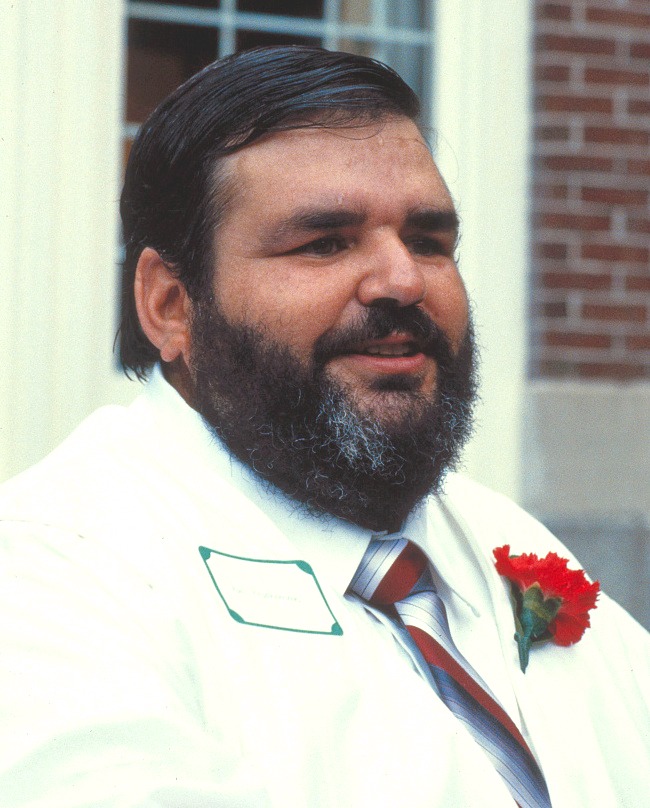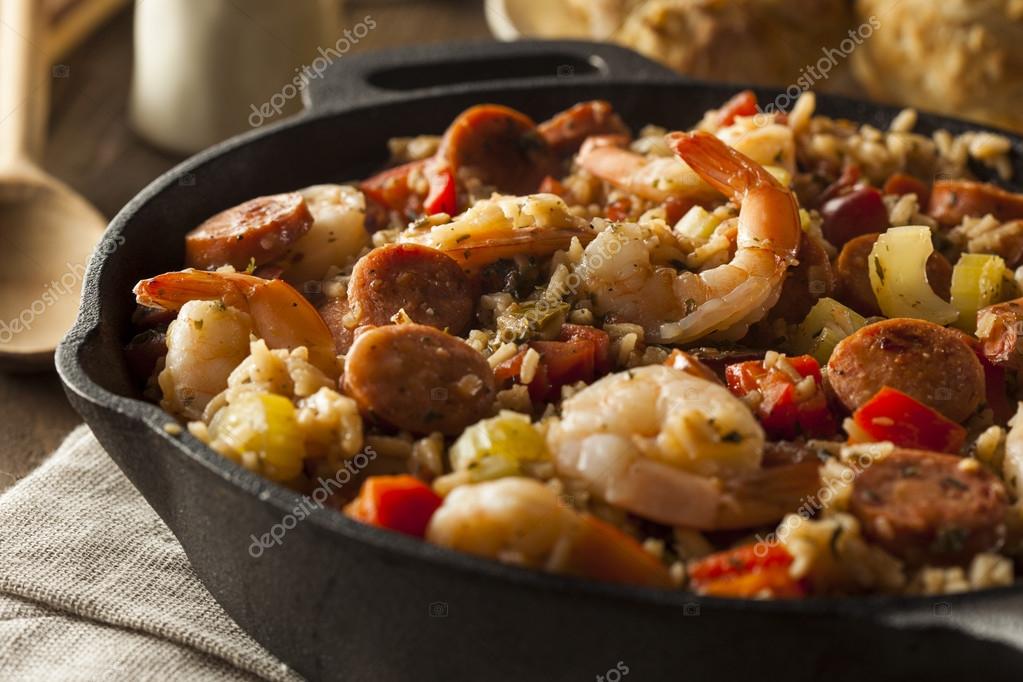Paul Prudhomme, born on July 13, 1940, in Louisiana, was more than just a chef; he was a culinary icon whose influence spanned decades. Born as the youngest of 13 children on a humble farm near Opelousas Louisiana, his early life was marked by simplicity and struggle. His father, a farmer, and his mother, a creative cook, instilled in him a deep appreciation for local ingredients and home cooking. This rustic upbringing laid the foundation for what would become a revolutionary career in the culinary world.
Early Career and Challenges
Prudhomme’s initial foray into the restaurant business was a rocky one. In 1957, he opened a hamburger restaurant called Big Daddy O’s Patio in Opelousas. However, the venture was short-lived, closing down in just nine months, coinciding with the end of his first marriage. This setback, however, didn’t deter him. Prudhomme moved to New Orleans, sold magazines, and took up various jobs in restaurants across the country, where he began crafting his own unique spice mixes, giving them away to customers.
Rise to Culinary Stardom
The 1970s marked a significant turning point in Prudhomme’s career. He returned to New Orleans, working as a sous chef at Le Pavillon Hotel before opening Maison du Puy. It was here he met his second wife, Kay Hinrichs, who would become an integral part of his future endeavors. In 1975, Prudhomme’s culinary skills were further honed when he became the first American-born executive chef at Commander’s Palace, transforming it into a world-class destination.
The Commander’s Palace is a landmark restaurant in New Orleans, Louisiana, known for its haute Creole cuisine and upscale dining experience. Established in 1893 in the historic Garden District, it has become one of the city’s most iconic dining establishments. The restaurant is famous not only for its exquisite food but also for its elegant setting and attentive service.
Prudhomme’s specialty was focused around Cajun and Creole cuisines which are two distinct culinary styles originating from Louisiana, each with its unique flavors and cooking methods.
Cajun Cuisine: Developed by the Acadian immigrants in rural Louisiana, Cajun cuisine is known for its rustic, hearty character. It often features one-pot dishes like jambalaya and gumbo, heavily seasoned and incorporating a variety of meats and seafood. The “holy trinity” of Cajun cooking – bell peppers, onions, and celery – is a foundational element, and dishes often have a robust, spicy flavor profile.
Louisiana Creole Cuisine: Creole cuisine reflects the diverse cultural influences of New Orleans, including French, Spanish, African, and Caribbean. It is considered more sophisticated and varied than Cajun cooking, featuring tomatoes more prominently and using a broader array of spices and cream-based sauces. Classic Creole dishes include étouffée, shrimp Creole, and red beans and rice.
Cookbooks authored by Paul Prudhomme:
These books not only present recipes but also convey Prudhomme’s philosophy of cooking, which revolves around the joy of creating and sharing good food.
- Chef Paul Prudhomme’s Louisiana Kitchen (April 1984) – This book is a cornerstone of Prudhomme’s culinary library, showcasing his expertise in Louisiana cooking
- The Prudhomme Family Cookbook: Old-Time Louisiana Recipes by the Eleven Prudhomme Brothers and Sisters and Chef Paul Prudhomme (September 1987) – A collaborative effort that captures the essence of the Prudhomme family’s cooking traditions
- Authentic Cajun Cooking (1984–1989) – A booklet produced for Tabasco, emphasizing the rich and spicy flavors of Cajun cuisine
- Chef Paul Prudhomme’s Louisiana Cajun Magic (September 1989) – A book that delves into the magic of Cajun flavors, reflective of Prudhomme’s passion for the cuisine of his home state
- Chef Paul Prudhomme’s Seasoned America (October 1991) – This work explores the diverse and vibrant culinary traditions across America, infused with Prudhomme’s unique seasoning styles
- Chef Paul Prudhomme’s Fork in the Road (October 1993) – In this book, Prudhomme takes a healthier approach to cooking, without compromising on flavor
- Chef Paul Prudhomme’s Pure Magic (June 1995) – A continuation of his journey in exploring and sharing the wonders of flavorful cooking
- Chef Paul Prudhomme’s Fiery Foods That I Love (November 1995) – This book focuses on dishes that pack a punch, celebrating spicy and fiery foods
- Chef Paul Prudhomme’s Kitchen Expedition (July 1997) – A culinary expedition that takes readers on a journey through various cuisines and cooking styles
- Chef Paul Prudhomme’s Louisiana Tastes (February 2000) – This book combines traditional cooking with healthier and simplified approaches, reflecting the evolving nature of culinary preferences
- Chef Paul Prudhomme’s Always Cooking (January 2007) – A later work in his career, emphasizing easy yet flavorful cooking methods
List of television shows hosted by Paul Prudhomme:
Paul Prudhomme made significant contributions to television, particularly through his work with the New Orleans PBS affiliate, WYES-TV. His tenure with WYES-TV was marked by the creation of five distinct cooking show seasons, each showcasing his unique culinary style and approach:
- Fork in the Road (1995): Spanning 26 episodes, this series focused on healthier cooking options without sacrificing flavor.
- Fiery Foods (1996): Also featuring 26 episodes, this season highlighted dishes known for their spicy and bold flavors.
- Kitchen Expedition (1997): In this 26-episode series, Prudhomme took viewers on a culinary journey, exploring diverse recipes and cooking techniques.
- Louisiana Kitchen (1998): This season, consisting of 26 episodes, delved into the traditional Cajun and Creole cuisines that Prudhomme was famously known for.
- Always Cooking (2007): Returning after a gap, this series also had 26 episodes and showcased easy yet flavorful recipes, emphasizing the joy of cooking.
Each of these series reflected Prudhomme’s passion for cooking and his ability to adapt and evolve his culinary skills, making his shows a beloved part of culinary television history.
K-Paul’s Louisiana Kitchen: A Culinary Landmark
K-Paul’s Louisiana Kitchen, opened in 1979 by Chef Paul Prudhomme and his wife, Kay, was a renowned restaurant located in the French Quarter of New Orleans. The restaurant, named as a blend of their names, quickly gained fame for its authentic Cajun and Creole cuisine, becoming a culinary landmark.
Chef Prudhomme’s innovative cooking techniques and use of local ingredients revolutionized the way these regional cuisines were perceived and enjoyed. K-Paul’s was particularly famous for dishes like blackened redfish, which became a national sensation. The restaurant’s success also contributed to the popularization of Cajun cuisine across the United States.
Over the years, K-Paul’s Louisiana Kitchen became synonymous with New Orleans dining, attracting locals and tourists alike with its flavorful dishes and vibrant atmosphere. The restaurant’s impact on the culinary scene extended far beyond its walls, influencing chefs and restaurants across the country. Despite the passing of Chef Prudhomme in 2015, the legacy of K-Paul’s Louisiana Kitchen endured as a testament to his culinary genius and his profound impact on American cuisine. Unfortunately it permanently closed in 2020.
Culinary Contributions and Recognitions
Prudhomme’s impact on American cuisine cannot be overstated. He popularized Cajun cuisine, especially his blackened redfish dish, which soared in popularity to the point of necessitating fishing restrictions to prevent the species’ extinction. He also introduced the turducken, a dish now synonymous with festive American cooking. In 1980, his contributions were internationally recognized when he was made a Chevalier of the French Ordre National du Mérite Agricole. He was known for his catch phrase – “Good cooking, good eating, good loving!”
Conclusion: A Lasting Impact
Chef Paul Prudhomme’s journey from a modest farm to the pinnacle of culinary excellence is a story of resilience, innovation, and passion. His death on October 8, 2015, marked the end of an era but left behind a legacy that continues to inspire chefs and food enthusiasts worldwide. Through his restaurants, cookbooks, and TV appearances, he immortalized the rich flavors and traditions of Louisiana, making him a beloved figure in the annals of American gastronomy.


